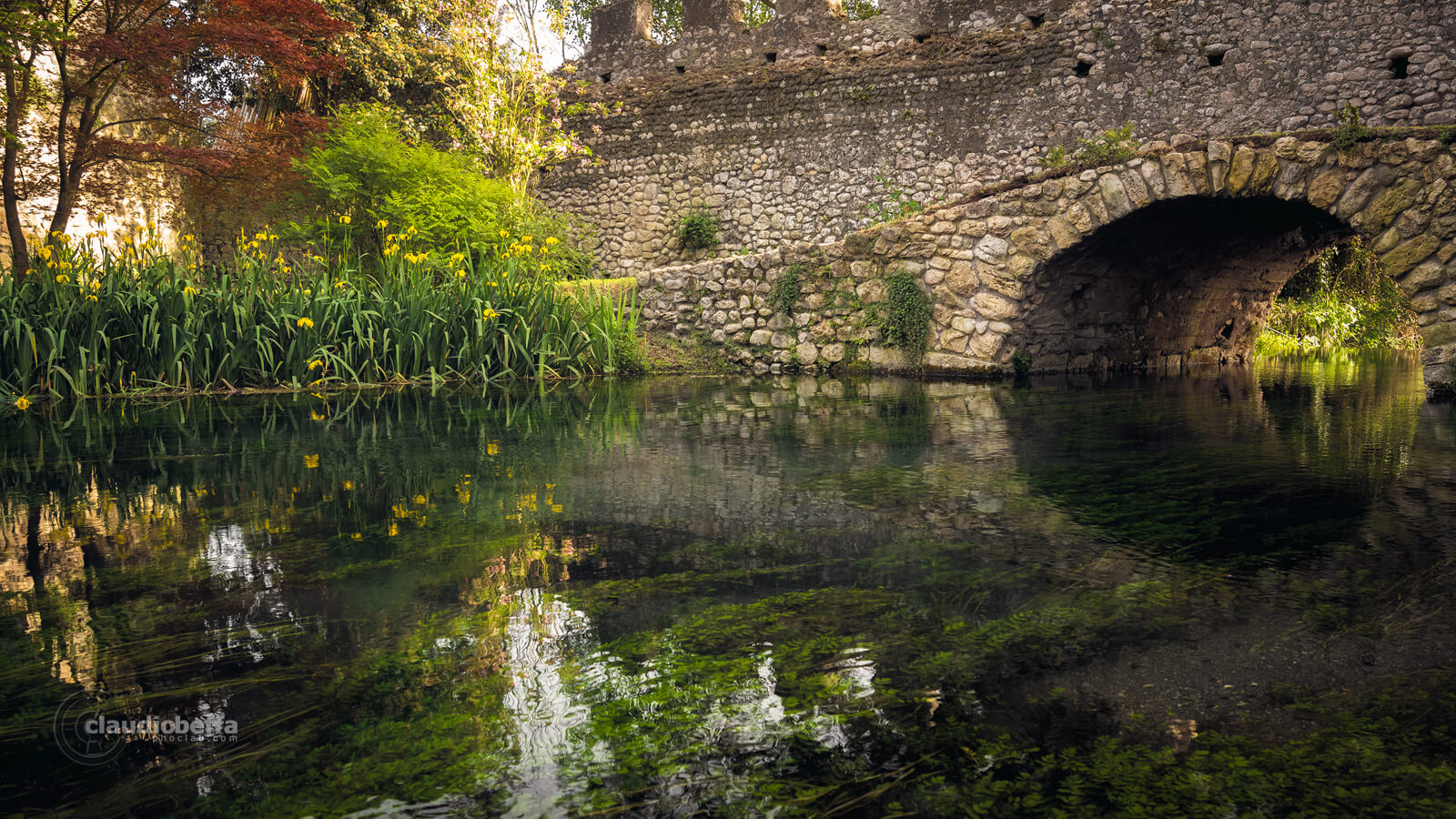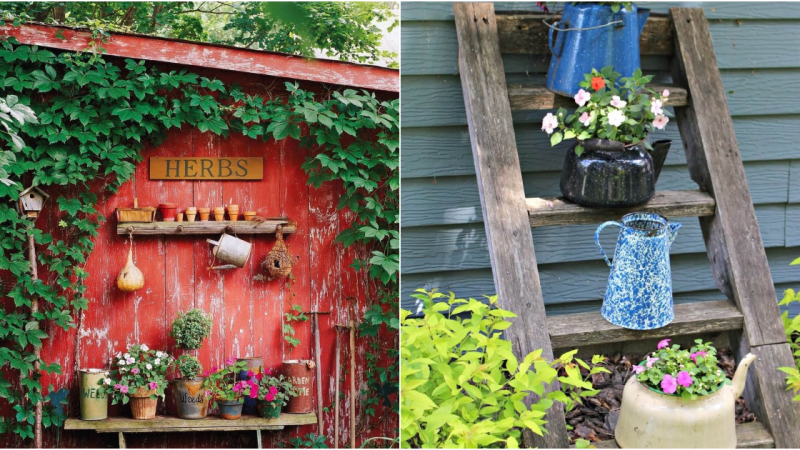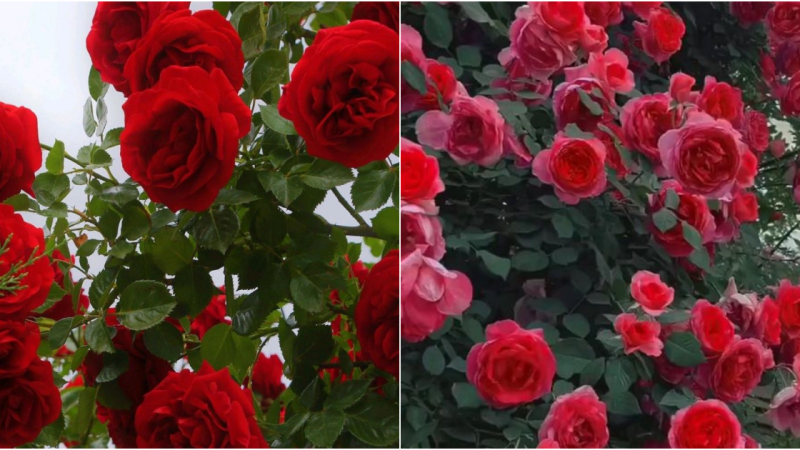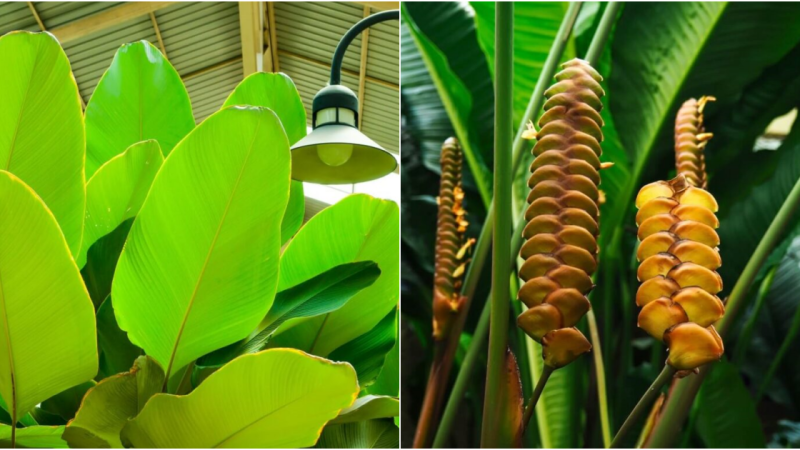The Most Romantic Gardens in The World: The Garden of Ninfa in Italy

The tale of the Garden of Ninfa, an unrivaled haven of romantic allure. Doubtful, are you? Well then, read on and discover the treasures concealed within this enchanting wonder nestled in central Italy.

But before I embark on narrating the story and distinctive features of this place, allow me to present you with a video I have meticulously filmed and edited. It is my hope that this visual masterpiece captures the magical ambiance and timeless elegance exuded by the Garden of Ninfa.
Now, if the video has piqued your curiosity, let us begin by stating that what now stands as a garden once thrived as a genuine town—a venerable and significant one. Its origins can be traced back to the Roman era, but the crucial events that shaped the destiny of this ancient town transpired during the Medieval period.
In the 11th century, Ninfa flourished as a prosperous town, owing to its proximity to the Appian Way. It boasted numerous grand structures, including hospices, a castle, and an impressive seven churches, all enclosed within protective walls fortified with watchtowers.
The tallest tower of the primary castle served as a tangible symbol of the Caetani family’s power—a prominent name in Rome with direct ties to Pope Boniface VIII. A notable aspect of Ninfa lies in its churches, which Pope Alexander III declared to be on par with the esteemed churches and basilicas of Rome.
During that era, Ninfa’s importance soared to such heights that Pope Alexander III even received his coronation there. Unfortunately, from that point onward, Ninfa’s fate took a grievous turn, as it became embroiled in intense conflicts between papal families, ultimately leading to its destruction by fire. To exacerbate matters, the last remaining inhabitants’ attempt to rebuild what was left of Ninfa was thwarted by the expansion of the neighboring Pontine Marshes, resulting in the outbreak of malaria.
Fast-forwarding to the modern era, we witness the eradication of malaria through the reclamation of the marshes. In the first half of the 20th century, prior to the Second World War, Mussolini initiated the massive “bonifica integrale” project, which drastically transformed the landscape of the Agro Pontino.
Through the use of DDT and the introduction of an exotic species of fish that feeds on mosquito larvae, the disease was finally conquered (although not without significant side effects in the form of pollution and ecological imbalances). The visual landscape underwent a dramatic change: the extensive plantation of Eucalyptus trees played a pivotal role in reducing excess water, thanks to their remarkable drainage capabilities (the largest trees can absorb a staggering 200 liters of water per day!) and they also act as effective windbreakers.
Setting aside the ignominy and dire consequences left by the Second World War, we can now assert that the Agro Pontino is a secure and fertile plain.
After two millennia, Ninfa has undergone a remarkable metamorphosis, thankfully for the better. Since the first half of the 20th century, the last descendants of the noble Caetani family have dedicated their efforts to transforming the remnants of an ancient town into a wondrous garden.
The Garden of Ninfa possesses numerous extraordinary qualities. The Caetani family imported an array of plant species from all corners of the globe, ranging from various rose varieties to Japanese maple and cherry trees, from avocado trees to bamboo. Over 1,500 species thrive luxuriously, nourished by the perfect microclimate created by the favorable positioning of the area, nestled at the base of the Lepini Mountains and not far from the sea.
In springtime, the entire garden bursts into an astonishing array of colors. Every path, every nook and cranny, every lawn and passageway are adorned with breathtaking flowers, shrubs, and trees.
To the untrained eye, the garden may appear haphazardly arranged, but each element has been meticulously placed, reminiscent of the 18th-century English gardens.
Such garden designs featured elements like “belvedere” viewpoints, bridges, small temples, and even replicas of ancient ruins. In this regard, the Garden of Ninfa stands as an authentic landscape garden, as its ruins are an integral and genuine component.
The organic and harmonious fusion of ancient walls, towers, and bridges with the myriad shapes and types of plants creates an awe-inspiring atmosphere—a timeless beauty that offers an unparalleled experience. It is for this reason that the Garden of Ninfa is revered as one of the most romantic gardens in the world.














